GUT REACTIONS: Sinners (2025)
Morality, chosen vs. blood family, the power of music: The movie is about so much more than vampires.
In my GUT REACTIONS series, I contextualize films with their cultural significance. This review will be SPOILER FREE.
We all have a little bit of magic in us. For some of us, that magic will be (forever) dormant; for others of us, this magic simmers at our calloused fingertips.
Some of us have the power to “conjure” it up — and I use that term very intentionally1.
For some of us, the ability to harness that energy is determined by where we are, geographically, and who we’re with — who is by our side?
These truths make up the heart of Sinners, Ryan Coogler’s film that opened in the U.S. and U.K. on April 18.
I saw it on April 17 because I knew I wanted to be there early.
I always knew I wanted to be among the first to view this film.
As a middle schooler, I evangelized my 7th grade class to a Twihard lifestyle; as a high schooler, one of my first pieces of criticism published online concerned an Anne Rice vampire novel.
Black Panther has been among my top five favorite films since 2018, when I also attended a Thursday night screening — that time, organized through a partnership between Black student organizations on campus and the local mall movie theater.
My relationship to Coogler and his muse, Michael B. Jordan, stretches back even further: I’ll never forget watching Fruitvale Station (2013) on the tiny screen in my mother’s bedroom and being in awe of the way it all made us feel.
My dad, meanwhile, had raised me on elevated action movies: Even as a wee 90s baby, Lara Croft: Tomb Raider (2001) was a definitive film for me. From 2002 to 2007, we found ourselves watching and rewatching Bourne films together. (It’s no surprise that I ended up counting Atomic Blonde (2017) among my favorite films forever.)
I always knew Sinners would be right up my alley. I’m glad everyone else came around, too.
I felt vindicated that Black and brown talent, fantasy, gunslinging and torrid sex in a pre-modern setting were eliciting such glowing reviews so early on. Sinners quickly snagged that coveted 100% aggregated score on Rotten Tomatoes. (As of April 19, Sinners is sitting at a cool 98%.)
When I put my order in for orange gochujang wings and reclined my seat on Thursday night, I felt the presence of my own ancestors in the room. I knew the next two and a half hours would be critical for me, for us, for history.
No. 1 thing you should know going into ‘Sinners’
This is a movie about music and the outsized, beautiful, devilish role it can play in your life. Most people center their summary of Sinners on the outlaw twins, Smoke and Stack, who have mysteriously traded life in the big city (Chicago) for their old haunt of Mississippi once more.
I immediately took note of how the events of Sinners occurs in the “Delta” region — known to many Black people, especially Southern Black folks, as the “birthplace” of sorts for blues music — think legends such as Muddy Waters and Charley Patton, who is mentioned offhand in Sinners.
As a hoodoo practitioner, I took note of the setting because oldheads, Southern scholars, folklorists and real blues fans also know that the Mississippi Delta is a nexus of paranormal activity.
Legend has it that Blues guitarist Robert Johnson — a contemporary of Son House and Patton and Muddy Waters — sold his soul to the devil at the crossroads2 in Clarksdale, Mississippi.
I wasn’t surprised when the first date card of Sinners read: Oct. 16, 1931 — Clarksdale, Mississippi.
Note: This is my first breakdown of Sinners, but as a Black horror scholar, this will not be my last. In the mean time, here are my GUT REACTIONS to…
The acting in ‘Sinners’: A
What’s better than one Michael B. Jordan? Well, two of him.
This is, no joke, part of the marketing behind Sinners. In the Alamo Drafthouse screening I attended, a pre-recorded Coogler gave us the movie viewing rules: the Alamo Drafthouse “no phones and no talking” edicts, but also the command to not “worship false idols.”3
Sexiness aside, just like Aisha Harris wrote for NPR: Sinners gives Jordan two roles of a lifetime.
Actors playing dual roles is something of a pet interest of mine when it comes to scriptwriting and film production.
So, I’m not surprised by Harris’ assessment. That kind of real-time double duty by a thespian is always endlessly impressive, from Lupita Nyong’o in Us (2019), to Jeremy Irons in Dead Ringers (1988).
Twin assignment aside, Jordan (and the whole damn cast) did such a good job of embodying people from the Deep South. The characters’ swagger, their turns of phrase, and even their specific cadences on top of their Southern accent stirred up my own memories of living in the Lowcountry.
Paired with their grills, dashing hats and fine tailoring, Smoke and Stack reminded me of the kind of archetypal “Southern gentleman” rogue, who terrifies you but also makes you swoon. (Think Martell Holt from Love and Marriage: Huntsville or DaBaby circa 2019.)
The cast’s embodiment of Southernness was so uncanny that I called my dad when I got home on Thursday. His lived experience on a farm town in South Carolina was heavily affected by the Jim Crow era.
“When you see Sinners, you’ll see people you’ll recognize ,” I said giddily into the phone.
One of those is played by Delroy Lindo, who gave us moments of both tenderness and mischief as Delta Slim.
In this role, Lindo looks like Maryland, my maternal grandfather who raised hell in the Northern Florida. Like Delta Slim, Maryland loved dark liquor and women too much, and had stories just as bonkers as Delta Slim’s — in real life.
Maryland took great pleasure in driving home the long way at night — slowly meandering through the pitch-black cemetery with my mom, my aunt, and my grandmother in tow for shits and giggles.
My maternal great-grandmother, my grandfather’s MIL, also did rootwork; I wouldn’t be surprised if she or Maryland had encountered a vampire or two all those decades ago.
The cinematography of ‘Sinners’: A+
Autumn Durald Arkapaw, the director of phorography, is the first woman to shoot a feature film in large format with anIMAX camera.
While I did want to see the film as the creative team intended, unfortunately, after a raucus screening of The Woman in the Yard I attended at the top of the month: I had to do a cost-benefit analysis of either seeing Sinners in IMAX at my very ghetto Regal theatre, or getting to watch the movie in relative silence with wings at Alamo Drafthouse.
Alamo doesn’t do IMAX, but instead what they call “The Big Show” with Dolby Atmos surround sound and a large format screen.
Alamo markets its Big Show as “howlingly loud” and “eye popping.” Maybe I will see it in IMAX for Round 2 or 3 or 5, but safe to say, my first screening choice still sufficiently blew my wig back.
I think the “natural” lighting of the waning sunlight, harsh daylight, and endless array of candles and lanterns translated well, of course, to such a big screen. Outside of the vampiric connection, Sinners sticks out in my mind for the same reasons that Nosferatu (2024) does.
Coogler himself also had much to say about his approach to recording this movie. It was shot on 65mm film or “the big boy format,” as Coogler called it in his Kodak interview. Not only was Sinners notably created by a woman using IMAX equipment, but it’s apparently the first film shot in a 2.76:1 aspect ratio as well as the IMAX 1.43:1.
Shout-out to Coogler being so heartfelt and involved with the projectionists of Sinners for the British Film Institute — and shout-out Proximity Media for highlighting projectionists like Taylor Umphenour who make the act of sharing beautiful movies with people possible.
The production design on ‘Sinners’: A+
And while there’s lots that makes this movie beautiful — Mosaku, Jordan, Ludwig Goransson doing his big one on the guitar-rich score, Ruth E. Carter doing her big one on the silks and velvets and beads and feathers and cotton and tweed — I want to talk about a less-beautiful aspect of the production design that is deeply meaningful.
Out of all the tidbits I’ve collected about Sinners, my favorite is the fact that it was filmed in Donaldsonville, Louisiana.
Per a good catch by a local paper from Gonazales, Louisiana, Sinners was also likely filmed in New Orleans, Belle Chasse and a few other Louisiana locales.
A historic line of preserved, old-fashioned Donaldsonville storefronts served as the main strip of Coogler’s Clarksdale in the film. (The Baton Rouge car club offering vintage models for the film, according to reporting from the Gonzales Weekly Citizen.)
It’s touching for me, as a Black Southerner, that this story didn’t get outsourced to Vancouver, BC or Atlanta, GA. While Atlanta is still the South, it’s a major city — and who knows? In another universe, with Coogler’s Marvel connections, Sinners could have been shot on a studio lot.
I’m glad that Sinners was filmed on the same supernatural, backwoods, swampy, Delta dirt that makes up the story’s setting.
And regarding the actual city of Clarksdale, MS: The sick and twisted (read: those who are White and Crazy™) can visit a hanging monument to the Faustian legend of Robert Johnson in Clarksdale, MS.
“Caro, will you make your pilgrimage to the crossroads monument in Mississippi?”
My username on everything, including Substack, is @delicatehoodoo. It doesn’t matter that I don’t identify as a Christian. As someone who is spiritual, I will not be pulling up to a place where the Devil allegedly lingered! Y’all be easy though!
The plot of ‘Sinners’: A+
And speaking of hoodoo, I cannot emphasize how shocked and touched I was to see a character like Annie, portrayed by Wunmi Mosaku.
I know there’s a brief reference of her character having spent time in Louisiana, because of course!
But something felt very Gullah Geechee about how she spoke — she used the word “haint” several times — which was very comforting to me.
Annie’s character mirrored the little snippets of that culture I have encountered in books and museums, and in real life, when I lived in Charleston, SC.
But seeing those images of Annie’s altar to the dead and beloved (like I have done for my paternal grandmother), and seeing Annie’s Florida water on a shelf against the wall of her little hut (while I have my own slowly depleting bottle on my shelf against the wall of my little apartment), and seeing Annie refresh a mojo bag for her lover (when I have my own sacred objects and little prayers to keep my loved ones safe) stirred up something ancestral in me.
I would call my reaction to Annie’s character nearly epigenetic. Seeing hoodoo portrayed in such a loving, gentle and authentic way (light magic, very reasonable expectations of your capability vs. the power of spirits and demons) felt good down to my DNA.
No spoilers, but the overall plot itself was definitely unpredictable. On a micro-level, if you watch horror movies, the little jump scares and plot holes that put our protagonists in danger were obvious. (Don’t, for example, go to take a piss in the middle of woods with no back-up, when there are weird White people lingering outside in the Jim Crow South.)
But the ending, and the ending after the “ending,” and post-credits scene No. 1, and post-credits scene No. 2, blew me away. Sources say I might have even cried.
The Black girl who took these photos of me told me she was damn nearing tearing up when she watched Sinners — I’ve seen lots more Black women affirm that they cried seeing the film too. There’s something special in any horror movie4 that can make you cry.
The sound design of ‘Sinners’: A+
When Dune 2 won the Academy Award for sound design in March, there was a thunderous wave of applause and screaming at the Oscars watch party I attended. I was among those who cheered the loudest, because I adore sound design.
For me, it’s about immersion. It’s why I’m getting goosebumps right now thinking about all the times I’ve flinched at the near-miss of sharpened steel, I’ve winced when I heard bones crack, I’ve gotten hard hearing labored panting, or I’ve teared up hearing someone’s dying whimpers off camera.
Come to think of it, I heard all four kinds of natural sound in Sinners.
(And when the film has had a week or so to cool — and I’ll likely be back to the theater by next dispatch —I’ll feel comfortable talking about two scenes, that are spoilers, that happen to have the most noteworthy sound design in the whole film.)
Final takeaways from ‘Sinners’
I opened this essay talking about the nature of magic, in each of us. My real feelings on the whole phenomenon, supported by Sinners, is that magic is neither good nor bad. It’s neutral.
How you decide to use your magic is up to you — and you alone. How decide to conduct yourself in this world, whether you’re imbued with magic or not, is a decision made by you and you alone.
Sure, family is a big theme in Sinners and loyalty is, too, by extension. But the strength to make the best choice, with a nuanced moral code and in the face of integrity-challenging times, is the message of Sinners that rings the loudest for me.
That resonates the deepest for me.
As I did research for the pre-write of this GUT REACTIONS, I naturally listened to a lot of blues — especially Delta blues. But as those who saw Sinners were reminded, that Delta music was the genesis of the best music of today. I suppose it makes sense that I finished up writing this post to the sounds of French Police and Twin Tribes, the unofficial patron saints of lovelorn vampires everywhere these days.
“Conjure” is often used as an adjective, not a verb, in Black Southern culture, to characterize something as a witchy. A “conjure woman,” for example, is synonymous with a “witch(y) woman” or a “medicine woman.” The use of “conjure” like this is popular in the Gulf region and in the Lowcountry of South Carolina — both regions being important to my bloodline as a Southerner and a witch.
It’s hard to find Black people going on the record about Robert Johnson, but if you don’t believe me, a quick Google search will set you right. A few things to keep in mind: A) African and African-American culture are both big on oral tradition, so I’m not surprised. B) You’ll find plenty of White podcasters who love the supernatural and true crime on the mic about it, which speaks volumes about Othering, racial power imbalances. C) Read
’s 1999 “white supremacy culture” article, which illustrates how worship of the written word is a tenet of White supremacy.Sorry, Coogler, but you know some of those details about Smoke and Stack are going to go triple platinum on Archive of Our Own and in the fan edit community! This isn’t your first rodeo; you know the effect Killmonger had on people. (Me, I’m people.)
If we’re splitting hairs, it’s more a sci-fi thriller than a traditional horror movie. I think of
’s interview with Delroy Lindo, where Lindo, who plays Delta Slim, said, “I didn't see it as a horror film. When I read the script, I interpreted the story to be about what happens when a community is infiltrated and turns on itself. That's how I responded to the script.”




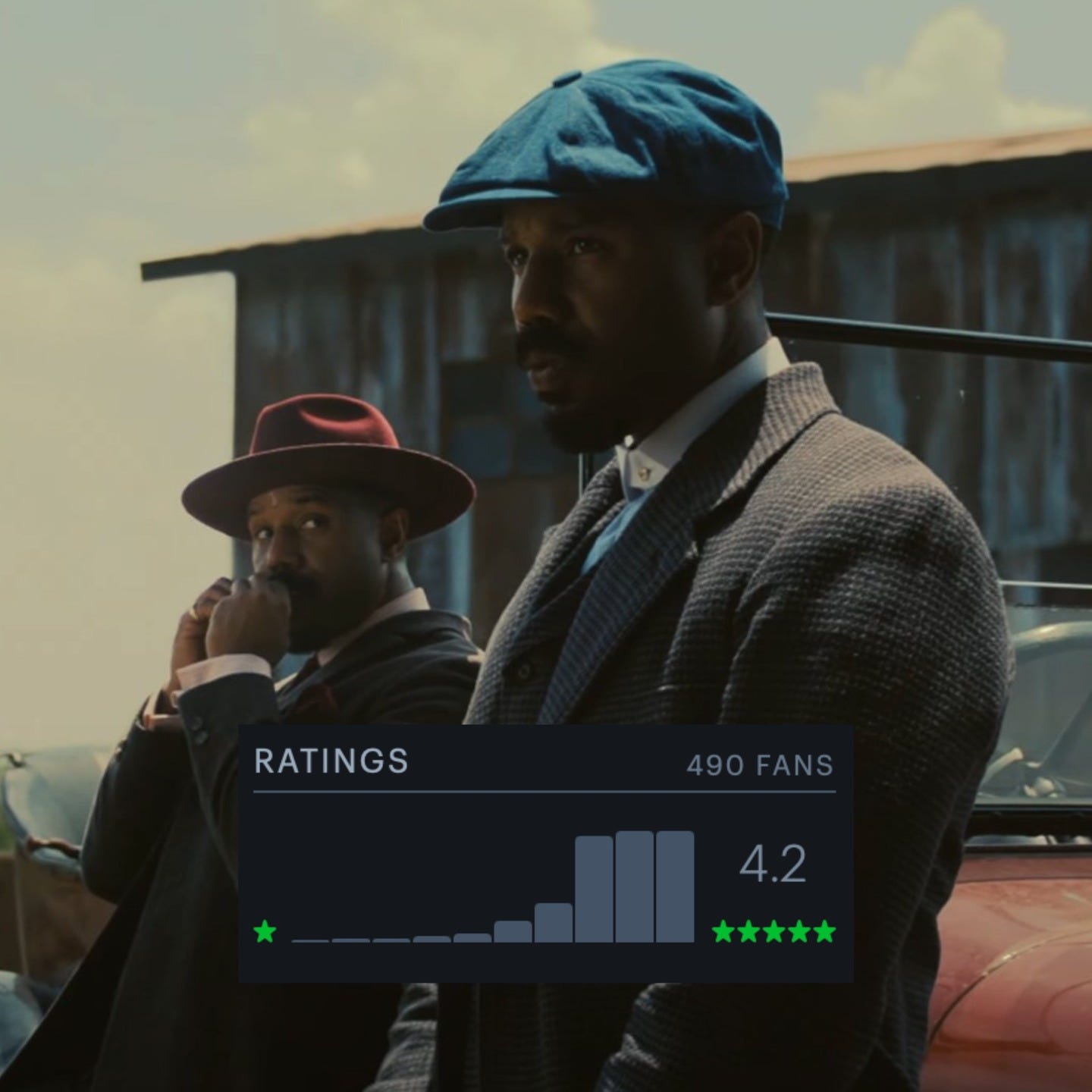


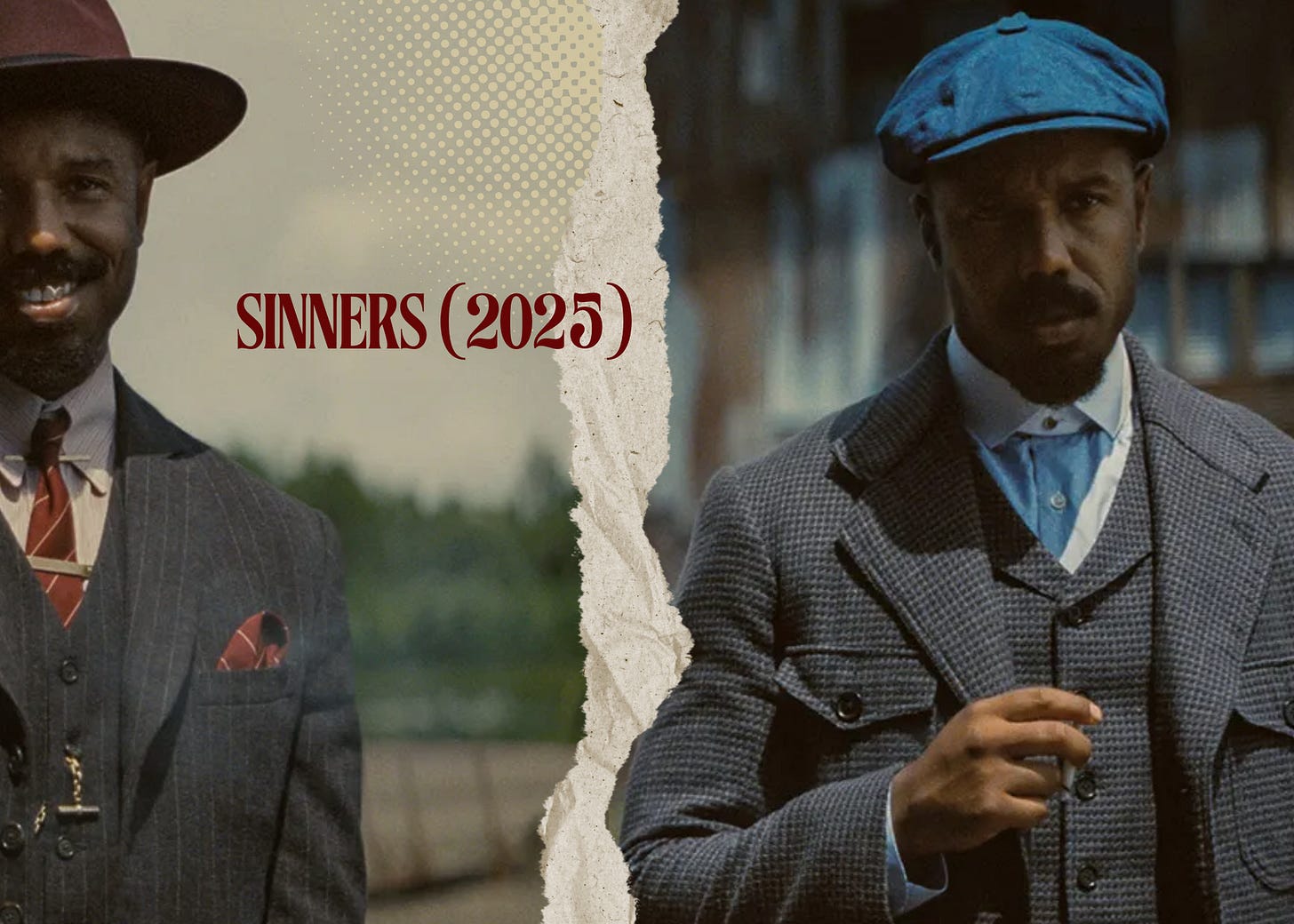
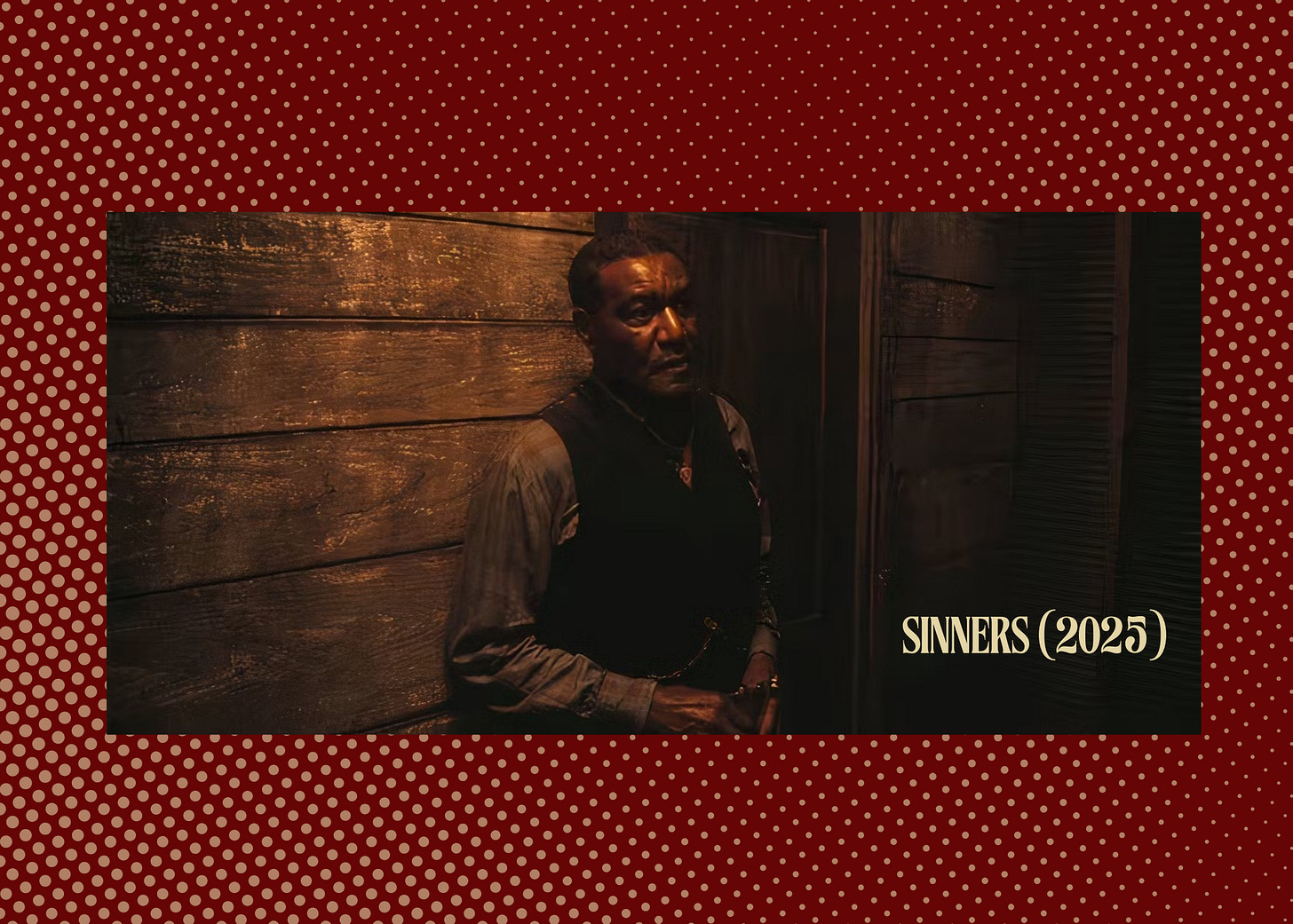
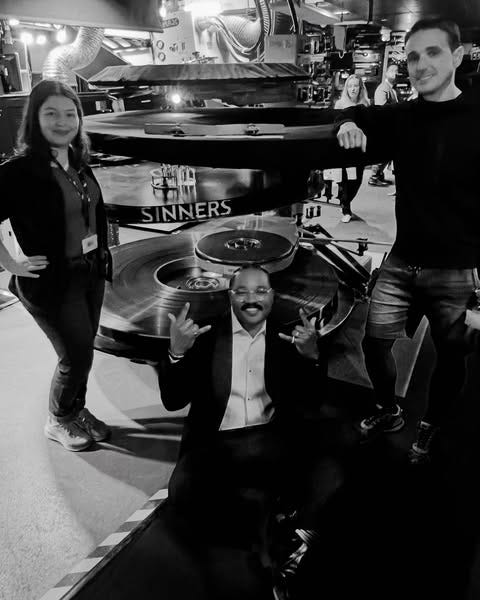

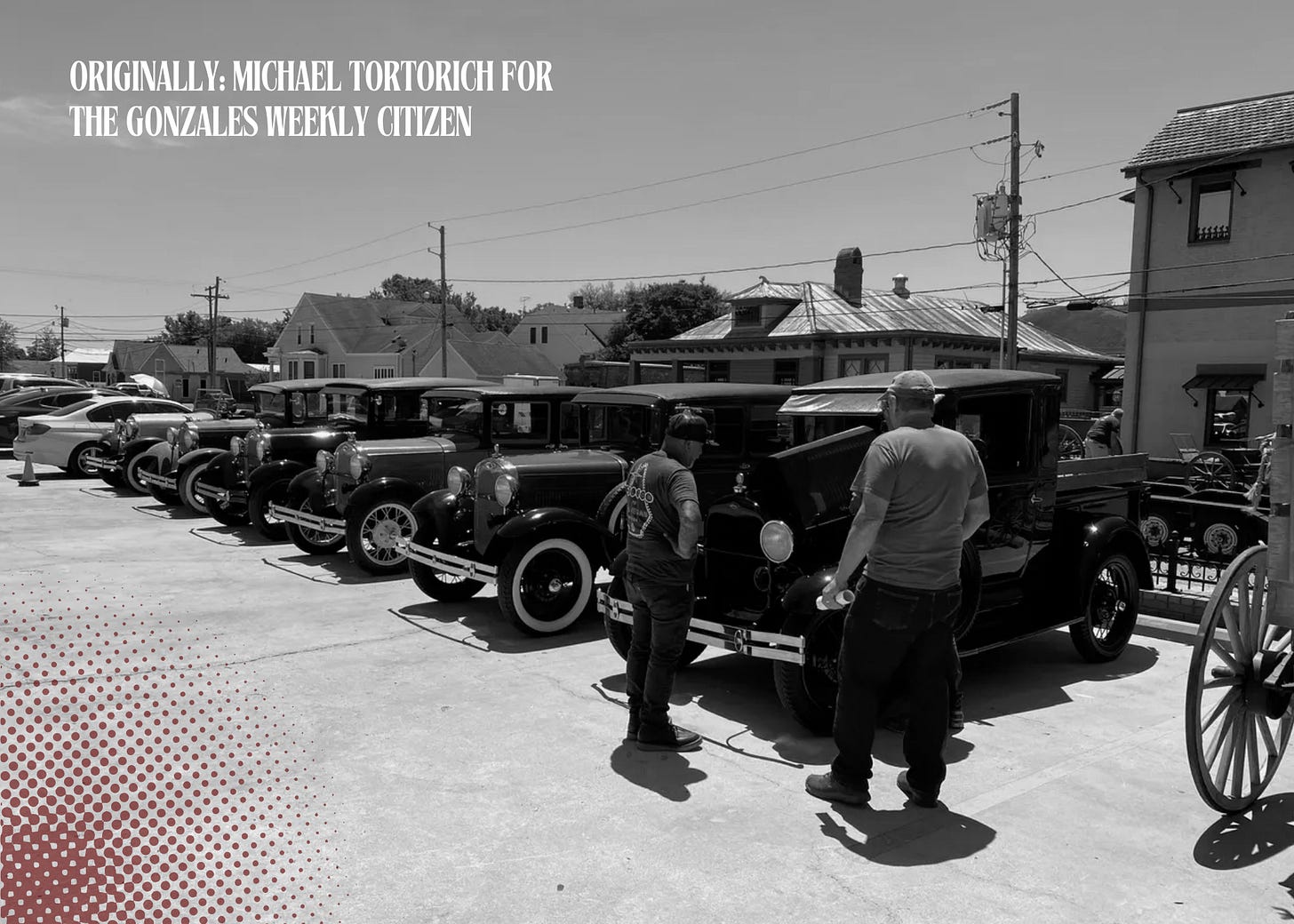



Loved this
Annie is such an incredible character and I love what you have to say here!